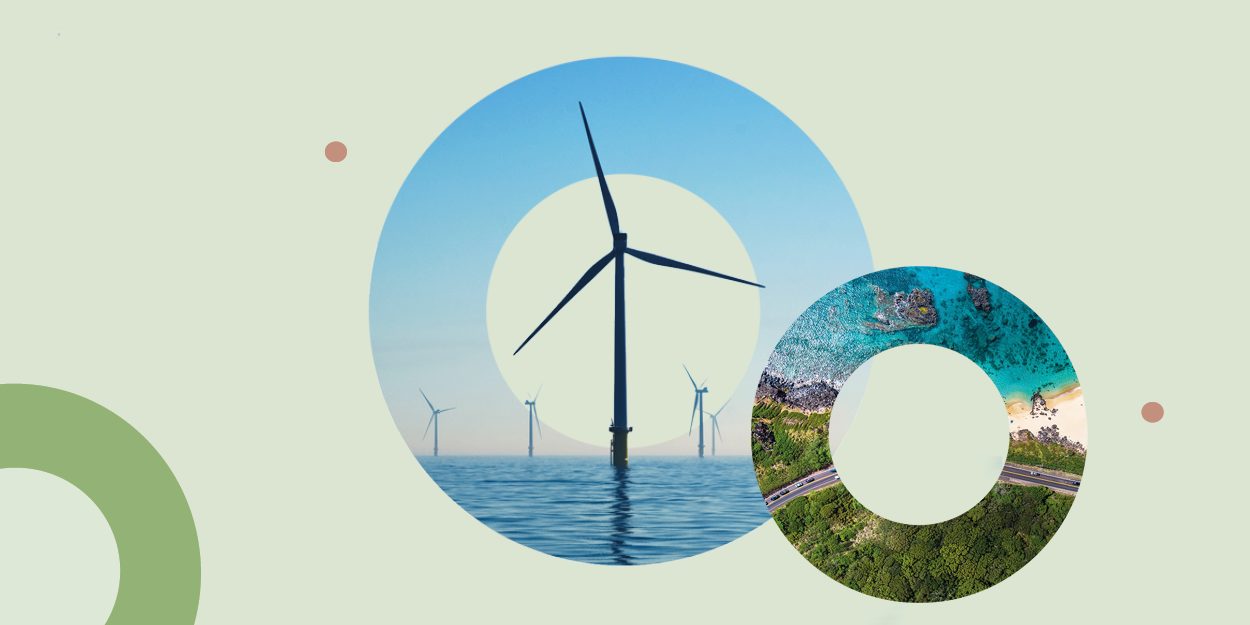In Short : Total emissions, represented by the orange line, have declined greatly since the peak just after 2005. The trajectory looks consistent with net zero by 2050. The red dotted line, taking account of additional measures planned by the government, but not yet committed, lowers emissions a bit further.
In Detail : Climate Change and Energy Minister Chris Bowen has announced Australia is “within striking distance” of the government’s 2030 emissions reduction target.
The good news was in the 2023 Climate Statement he tabled in parliament on November 30.
Our commitment under the Paris Agreement is to reduce emissions of greenhouse gases by 43% relative to 2005 levels by 2030, and to reach net zero emissions by 2050.
Unfortunately, a closer look at the statement suggests Australia is unlikely to achieve net zero by 2050 in the absence of radical policy changes. The problem can be seen in the following chart, included in the statement.
Total emissions, represented by the orange line, have declined greatly since the peak just after 2005. The trajectory looks consistent with net zero by 2050. The red dotted line, taking account of additional measures planned by the government, but not yet committed, lowers emissions a bit further.
A closer look leads to a gloomier conclusion. Nearly all of the reduction arises from just two categories: electricity and “LULUCF”, which stands for “land use, land-use change and forestry”.
This can be seen by turning to the original source of the data.
The Department of Climate Change, Energy, the Environment and Water provides a graph showing the same data, but with the different sources of emissions shown separately, rather than being stacked as they were in the previous graph.
The decline in electricity emissions reflects the rapid replacement of coal and gas-fired electricity by renewables (mainly solar power, wind and hydro, firmed by battery storage).
This transition is well underway and likely to continue.
The bad news is the transition to renewable electricity will be complete around 2035, after which there can be no further reductions.
The other main source of declining (in fact, negative) emissions is a grab bag of measures such as reductions in land clearing. There is debate over whether reductions from this source are genuine and sustainable.
But the big decline in emissions from land use, land use change and forestry was over by 2015. As with electricity, there is little hope of future emissions reductions from this source.

